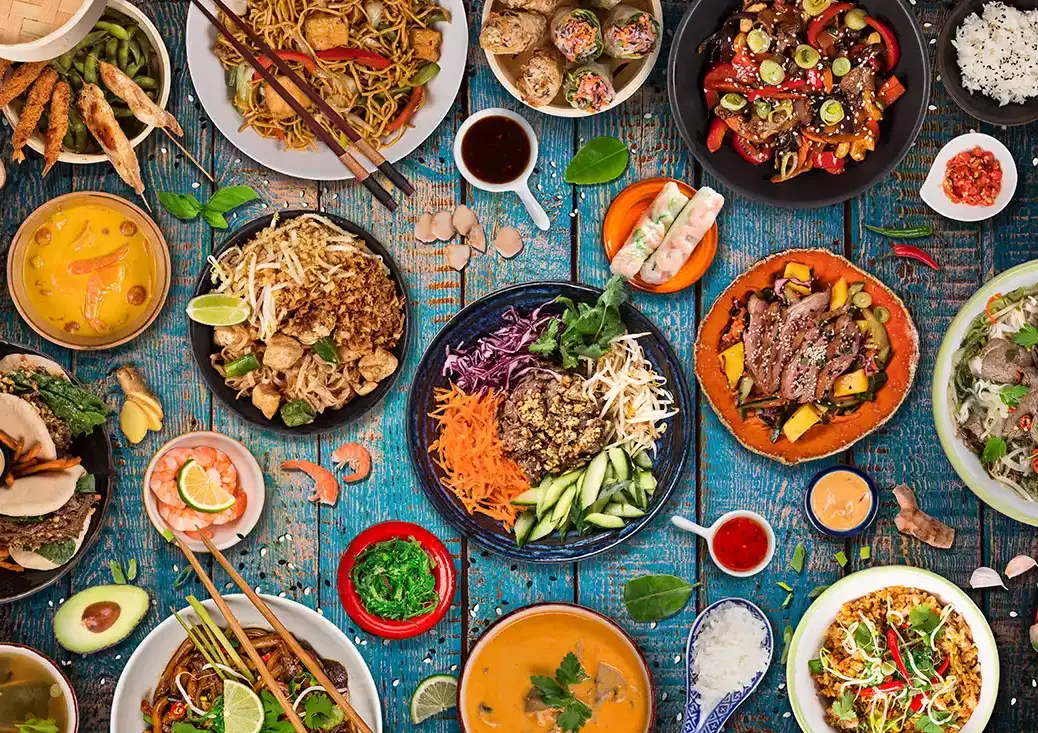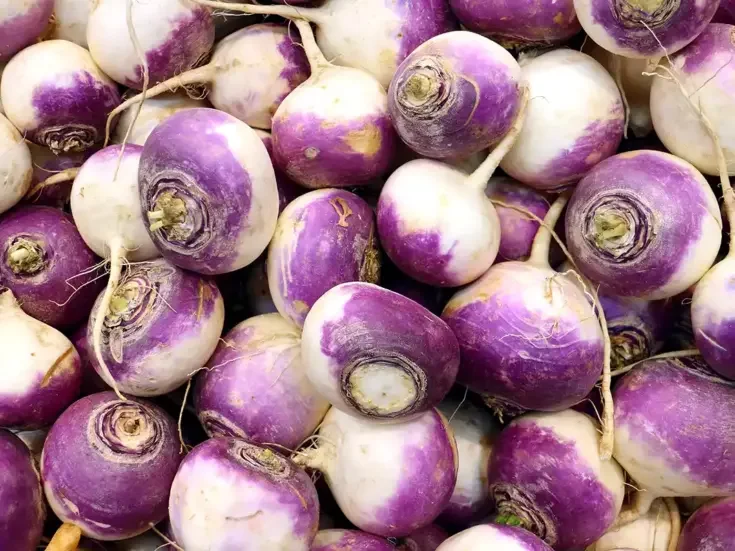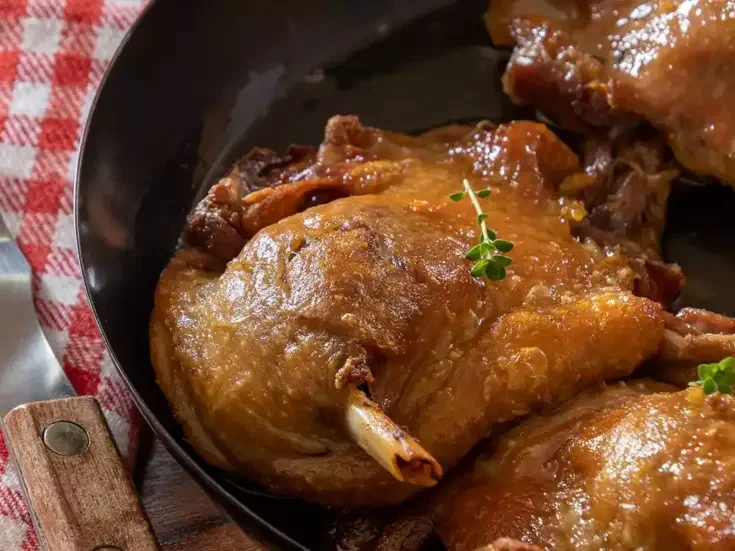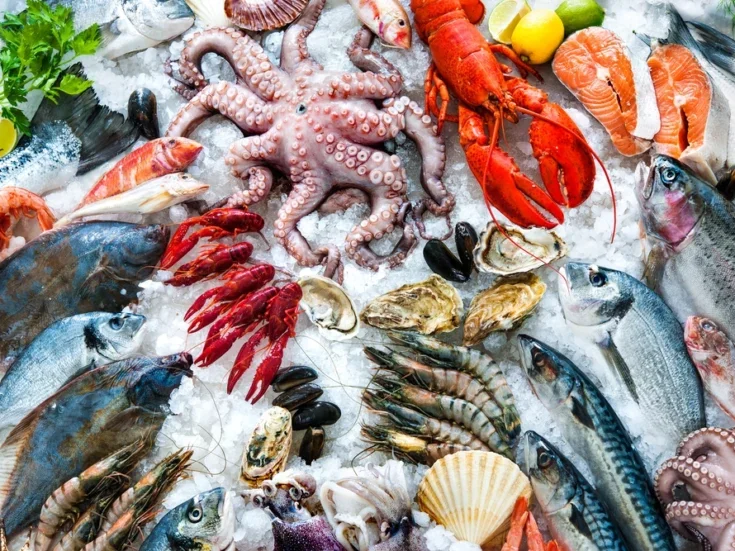
Ch’ng Poh Tiong draws on a lifetime’s experience as he attempts to define the rules for successfully pairing food and wine.
The points I am raising in this column are from the flesh, bones, and spine of a booklet I am writing and publishing this year.
A Primer on Tasting is based on the discoveries, observations, experimentations, deductions, and reflections of nearly five decades of enjoying wine with food.
My maiden meal where fermented grape juice was lavished on cuisine was comfort home cooking. My mother was an intuitive cook. Though she was born in Singapore, her father hailed from Shunde, a district in the city of Foshan that is considered the beating heart of Cantonese cuisine by chefs and aficionados.
My father was brought to Singapore from Fujian by his grandfather. And he was a foodie who shared—if not the political—certainly the cultural aspirations of the United Nations. Thanks to him, I ate my way through other Chinese cuisines, Japanese food, Western cuisine, but most of all, Southern Indian cooking.
Whenever away from home, I miss Indian food before I miss Chinese. Southern Indian cuisine is a mainstay in Singapore (and Malaysia), where people came from the subcontinent, their migration to Malaya and Singapore at its zenith during the late 19th century. Most had come out as laborers for the rubber and palm-oil plantations and the railway network.
Pairing 101
The number-one rule for matching food with wine—pairing 101—is that the person must like the wine in the first place. Otherwise, it’s a near-impossible task. The greater the dislike for the wine, the more the person will loathe the pairing. The food is totally irrelevant.
I learned this lesson when a wine-magazine publisher attended my inaugural International Congress of Cuisine & Wine in 2008. Although the congress was wine-centric, I had allowed myself the indulgence of introducing some pairings with single-malt whisky. Since the 2008 event coincided with Beijing hosting the Olympics, it was opportune to highlight a pairing with its signature duck.
The Macallan 12-year-old was—if I may say so—an inspired pairing (apologies for the immodesty). The Sherried richness (from being aged in casks formerly containing Oloroso) and complex spiced fruit of the Speyside malt smothered the pancake of crisp duck skin, julienne of cucumber, scallion, and sweet bean sauce into willing surrender.
My moment in glory was, however, incredibly short-lived. The publisher of the Indian wine magazine, completely unmoved, voiced her clear and intense disapproval: “They don’t pair at all!” Like the thin-skinned duck, I was mortally wounded. But I tried to understand which aspect of the pairing she had found so disagreeable. “I don’t like whisky!” It was, you see, game over from the very start.
Pairing 101 is what I refer to as sense and sensibility. Put simply, if someone dislikes something, it simply won’t work, regardless of what you pair with it. Wine or food. Food or wine.
From collision to blissful marriage
The next thing of which you should be fully cognizant when pairing wine with food is to taste the wine first. Get to know, to understand, the flavor of the wine, so that when introduced to the food, you discover whether they get along or not—if the two behave or misbehave.
Three possible things happen when wine is introduced to food.
Scenario 1: Collision
Sometimes the impact of the accident is so bad, it’s a head-on collision. Raw oysters and a full-bodied red come readily to mind. So, too, a rib-eye steak with a skinny, acidic Champagne brut. Outside wine, think of pairing Donald Trump with Audrey Hepburn. Some blind date, god rest her soul!
Scenario 2: Happy coexistence
The wine retains all its flavors when paired with the food. So, too, the food. This is certainly a much more agreeable state of affairs than collision. Having said that, scenario 2 never occurs in an entirety. No wine or food will stay completely unaffected when the two come together. Some aspect of the taste of the food and wine will change, even if minutely so. Scenario 2, however, keeps the peace. We continue to enjoy the food and the wine even if they do not exactly marry. It is, at least, a happy coexistence.
Scenario 3: A blissful marriage
When this occurs, the hitherto closed doors are flung open. The clouds part to reveal blue skies. The wine seduces the food, luring out flavors that were not there when on its own. The food, a willing accomplice, returns the favor and coaxes nuances and layers out of the wine that were previously imprisoned in its core. Chemistry!
Scenario 3 is the ace of pairing. New-found lovers, once strangers. The phenomenon deserves to be celebrated wholeheartedly. I can think of no more appropriate siren than The 5th Dimension’s “Aquarius/Let the Sunshine In.” The rhythmic introduction sets the mood perfectly. The pulse is gathering. When we reach the final stanza of the hippie classic, it is ushered in by blaring trumpets. Time for a second bottle.
PS Last year, I created “PS I Love You” or “Port Sichuan I Love You.” Together with Quinta do Noval, we paired its 10 and 20 Year Old Tawnies and 2007 and 1997 Colheitas with Sichuan cuisine in Shanghai, Tokyo, Yokohama, and Singapore. There were many insatiable “Happy Marriages.”
A Primer on Pairing will be launched in Jerez and the Douro in December 2024. Sherry and Tawny Port are the two most versatile wines in the world with Sichuan, Hunan, Indian, Korean, and Thai cuisines. Let the Sunshine In! ▉






